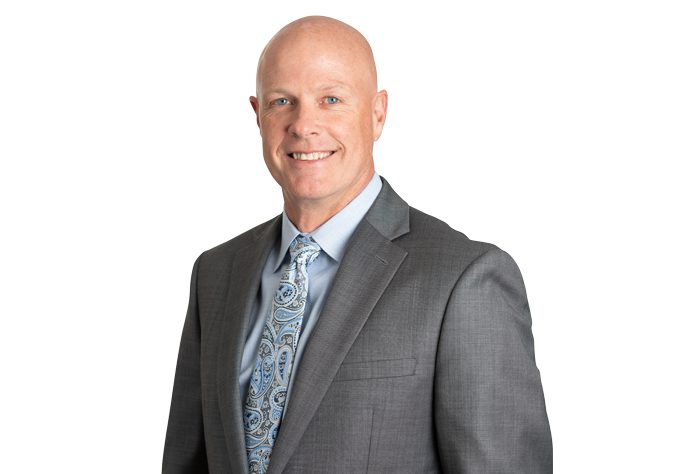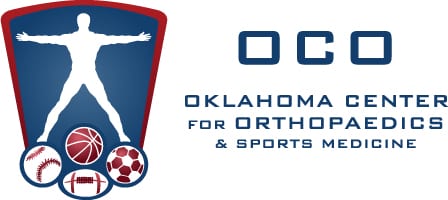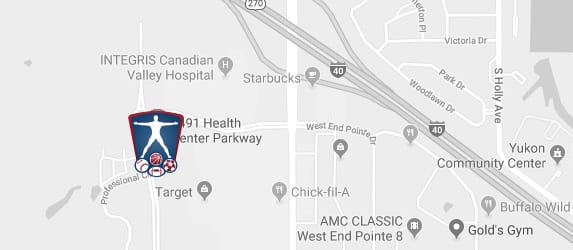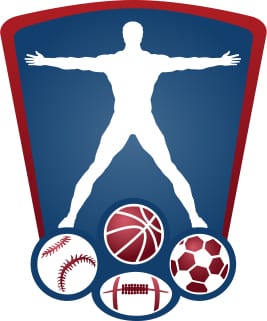
Preventing Sports Injuries
Injury prevention is possible if you are prepared for your activity, both physically and mentally. Don’t succumb to the weekend warrior syndrome by doing more than your training or physical condition allows. You also need to balance training with rest to avoid overuse injuries. Follow these tips:
- Wear and use proper gear for your sport, including helmets, pads, shoes, sunglasses, gloves and layered clothing where appropriate.
- Understand the rules and follow them. They exist for a reason.
- Warm up slowly before activity. This is especially important in sports that require quick, dynamic movements, such as basketball, football, and soccer.
- Always use proper body mechanics in sports involving repetitive stress to the upper extremities. (tennis, baseball, golf). If necessary, get skills’ training from a certified coach or instructor.
- Listen to your body. Pain is a warning sign of injury. You should not work through pain, but stop or slow your activity until the pain subsides.
- Train for your sport. Use specific skills training to prepare for your sport.
- Cross train for overall conditioning and to allow specific muscles to rest. Cross training will also alleviate boredom and staleness.
Immediate Injury Treatment
If you suffer an acute injury, such as a strain or pull, immediately stop activity and use the R.I.C.E. method of treatment. RICE stands for Rest, Ice, Compression, and Elevation.
- Rest will prevent further injury and will allow time for healing.
- Ice will decrease swelling. It constricts injured blood vessels and limits the bleeding in the injured area.
- Compression further limits swelling and supports the injured joint.
- Elevation uses gravity to reduce swelling in the injured area.
- It is important to begin R.I.C.E. as soon after injury as possible. Use a sheet or towel to protect the skin and apply ice immediately. Next wrap an elastic bandage around the ice and injured area. Don’t wrap this so tightly that you cut off the blood supply, but it should be snug. Leave ice on for about 15 minutes every hour or so during the day. Once the swelling decreases, you can begin gentle range of motion exercises for the affected joint.
When to See A Doctor
Most acute injuries can be initially attended to using R.I.C.E., but some injuries need to be evaluated and treated by a physician. You should call your doctor if you experience any of the following:
- Severe pain or pain persisting for more than two weeks in a joint or bone.
- Pain radiating to another area of the body.
- You have ‘point tenderness. That is, you can cause pain by pressing on a specific area, but pain is not produced at the same point on the other side of the body.
- You have any injury to a joint that produces significant swelling. If left untreated, joint injuries can become permanent.
- You cannot move the injured part.
- There is persistent numbness, tingling or weakness in the injured area.
- Your injury doesn’t heal in three weeks.
- You have an infection with pus, red streaks, a fever, or swollen lymph nodes.
Healing from Injuries
Healing from sports injuries can take some time. After swelling is reduced, healing is dependent upon blood supply. A good blood supply will help move nutrients, oxygen, and infection fighting cells to the damaged area to work on repair. Athletes tend to have a better blood supply and heal faster than those with chronic illness, smokers, or those with sedentary lifestyles. Ultimately, healing time varies from person to person, and you can not force it to happen.
Returning to Sports
Healing time for any injury can be longer if you return to activity too soon. You should never exercise the injured part if you have pain during rest. When the injured part no longer hurts at rest, start exercising it slowly with simple range of motion exercises. If you feel pain, stop and rest. Over time, you can return to activity at a very low intensity and build up to your previous level. Increase intensity of exercise only when you can do so without pain.
You may find that the injured part is more susceptible to re-injury and you should pay close attention to any warning signs of over doing it. Soreness, aches, and tension must be acknowledged or you may end up with an even more serious injury. Finally, return to the above and practice injury prevention strategies from now on.
Meet the Providers
Fellowship-trained and board-certified, our dedicated team of physicians offer expert orthopedic and sports medicine care.




